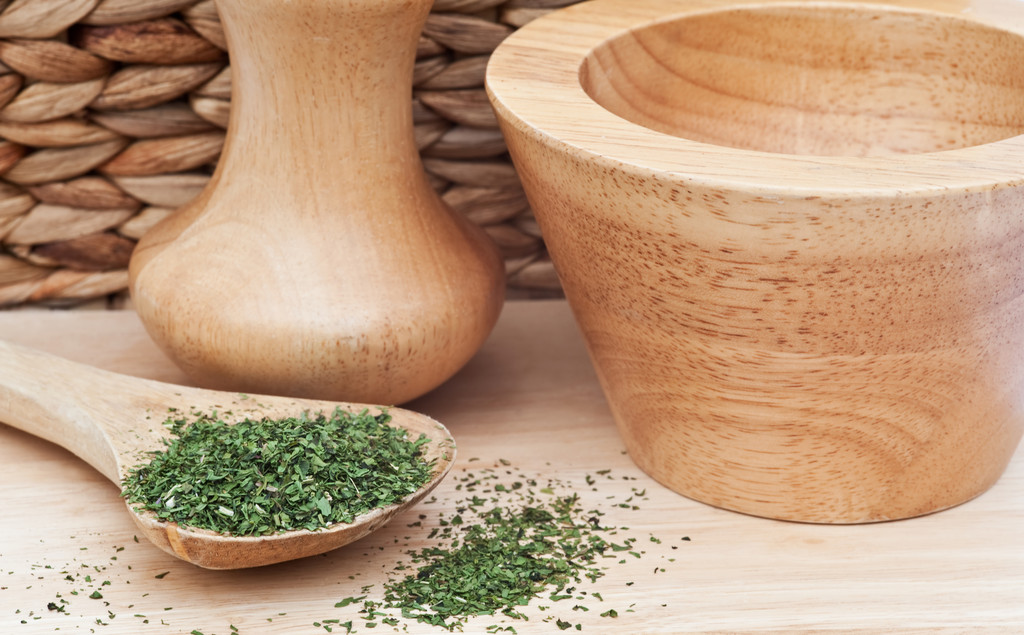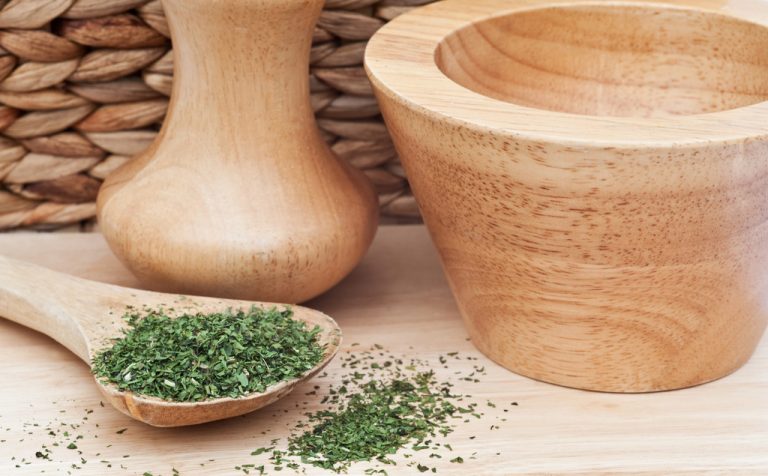Coriander is not only a delicious spice in Asian cuisine. It also has healing properties. We will show you everything you need to know about the spice and medicinal plant coriander.
Coriander is one of the oldest culinary herbs in the world. Above all, coriander is known from Asian, Arabic or Indian dishes. Fresh coriander leaves have a strong, slightly pungent flavor of their own. Dried or ground coriander seeds taste a little milder. At the same time, the spice contains a substance that has an antibiotic effect (dodecenal) and it contains different essential oils. As a result, coriander has a healing effect – in a completely natural way.

Coriander: Healing properties of the plant
With its health-promoting nutrients, various essential oils and proteins, coriander can help with many ailments. It has a strong anti-inflammatory, antibacterial and circulation-enhancing effect. It also has a fungicidal effect and thus inhibits the growth of fungi. Coriander has this effect:
Coriander relieves digestive problems (bloating, diarrhea, irritable bowel syndrome),
reduces chronic inflammatory diseases such as rheumatism,
reduces infections,
inhibits the growth of bacteria and fungi,
has an antispasmodic effect,
relieves gastrointestinal complaints,
supports detoxification
relieves bladder infections,
lowers cholesterol and blood sugar,
relieves menstrual cramps,
has an antibacterial effect on salmonella,
heals wounds and ulcers in the mouth.
How to use cilantro for ailments
Cilantro Tea: You can eat cilantro or take it as a tea. Do this by pouring hot water on some fresh leaves and seeds. The tea can help, especially with gastrointestinal or digestive problems. But you can also drink coriander tea if you have a loss of appetite or a bladder infection.
Coriander Oil: You can use coriander oil to make mouthwashes to help fight bacteria in your mouth. You can also apply the coriander oil externally or soak a cloth with a coriander infusion. You can apply both to infections or use them for athlete’s foot or other fungal diseases.
Coriander: cultivation, harvest, storage
You can often find cilantro individually wrapped in plastic in stores. Instead, you can grow it yourself and plant it in a pot in your herb garden on the balcony. Coriander grows up to 60-90 centimeters high. It has a short flowering period of June and July. In these months you can harvest it. The seeds can be harvested from August to September.
Coriander grows back in the pot. Once you have harvested your cilantro, place it in a glass of water. That makes it last longer. Coriander seeds remain aromatic for a long time when stored in a dark, cool and airtight place.

Coriander in the kitchen
In addition to tea and Asian dishes, you can also add coriander or coriander seeds to your smoothie or chopped into your vegetable soup. Or you season salads or spicy dishes with it. Add the cilantro and its stalks just before the end, or sprinkle them fresh over your dish on the plate. You can also prepare dips or make a coriander pesto yourself. A little coriander in your homemade bread is also delicious.

